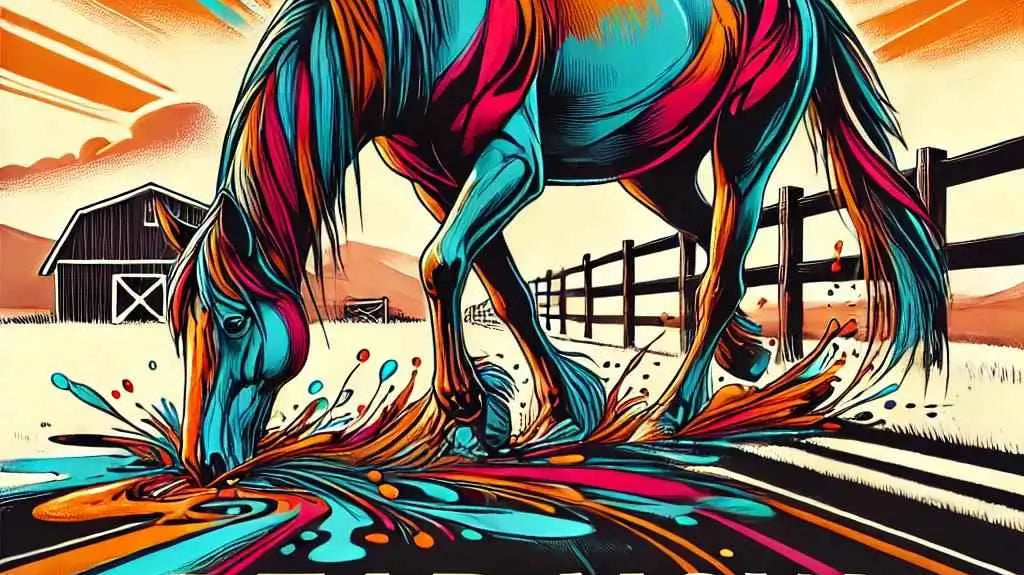A gelding in Hamilton County, Ohio recently tested positive for strangles, a serious and contagious disease affecting equines. This incident highlights the need for rigorous equine healthcare, vigilant infection monitoring, and effective disease management within horse populations. Let’s dig in to reveal more about this incident, understand strangles, and underscore the need for further research.
A Close Encounter with Strangles
The unfortunate gelding, hospitalised due to interstitial pneumonia, later ended up being quarantined at his residence. This step was to inhibit the spread of strangles. Tragically, before the quarantine was initiated, three other equines dwelling at the same facility were exposed to this contagious disease. This case represents a stark reminder of the importance of prompt action against potential disease outbreaks.
Understanding Strangles
Often dubbed as distemper, strangles is a highly infectious disease that can affect equines across all age spectrums. The causative agent of strangles is Streptococcus equi subspecies equi, a bacterium that results in a range of distressing symptoms. These consist of fever, swollen or abscessed lymph nodes, nasal discharge, coughing or wheezing, muscular swelling, and difficulty swallowing.
Ignorance towards strangles may lead to severe complications that can include pneumonia or abscesses amongst other painful disorders, with death being the worst-case scenario.
Diagnosing and Treating Strangles
Typical diagnosis of strangles involves a polymerase chain reaction (PCR) test, that identifies the presence of the disease-causing bacterium in equines. Treatment usually involves controlling clinical signs, using antibiotics for severe cases. Even though antibiotics are beneficial, it is crucial to use them judiciously as their overuse can lead to antibiotic resistance.
Lessons from the Ohio Incident
The Ohio incident is a stark reminder of the importance of veterinarian care and disease vigilance in horse owners and caretakers. It reinforces the need for familiarity with the signs and symptoms of strangles, allowing for the effective management of this debilitating condition. In doing so, we can minimise the risk of strangles outbreaks, thereby safeguarding the health and well-being of our noble equine companions.
A Call for Continued Research
There is a clear need for continued research to better comprehend the impact of strangles and to critically evaluate current vaccines. Furthermore, effective strategies for combating the spread of this disease are urgently required. By pooling our knowledge and resources, we can ensure healthier lives for horses and a more sustainable equine industry.
Sources: The information in this article is based on news reports about the Ohio gelding concluding positive for strangles. No specific URLs or external references are available.




